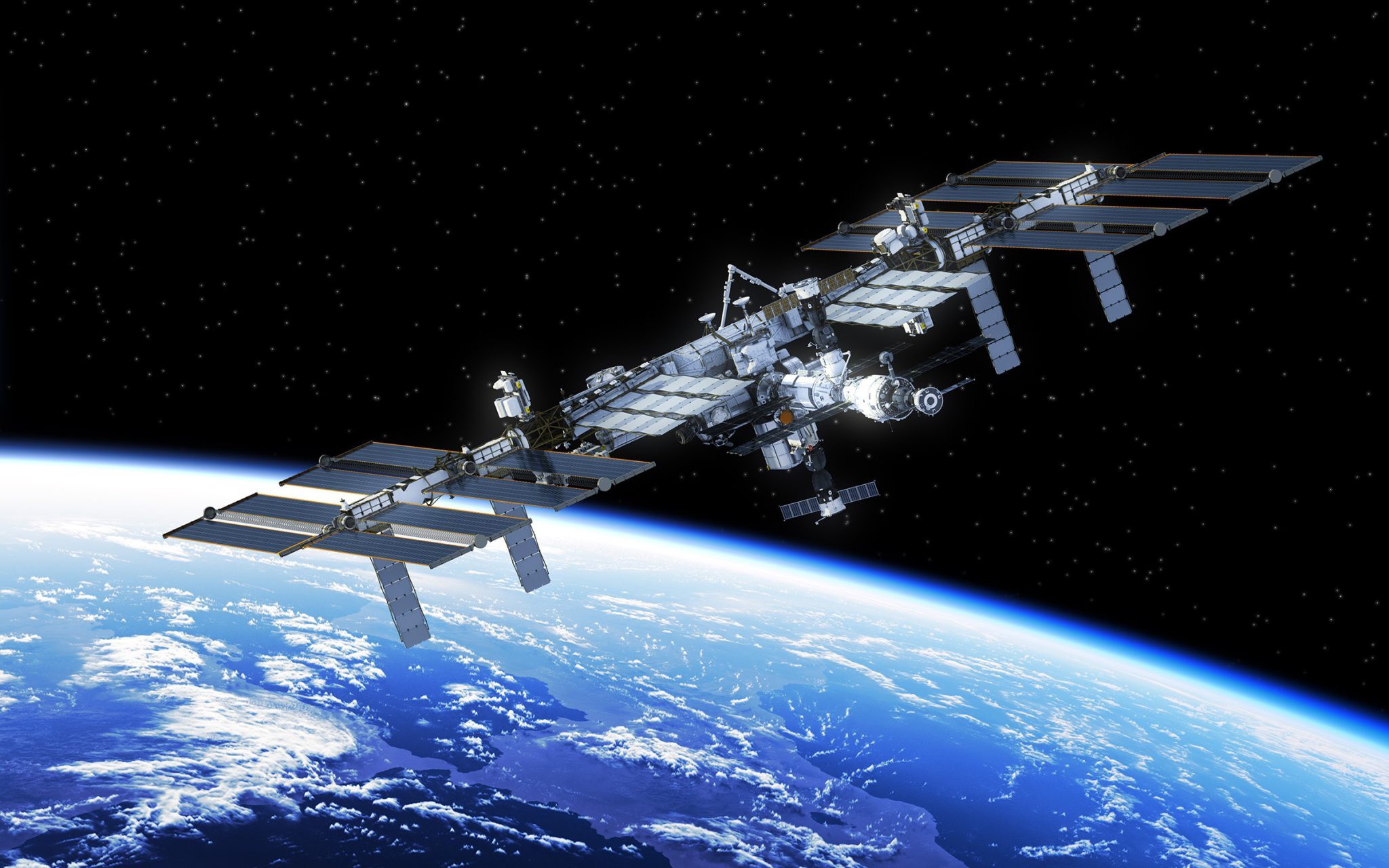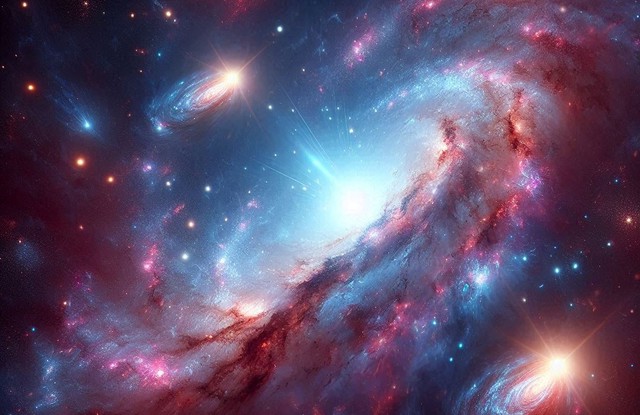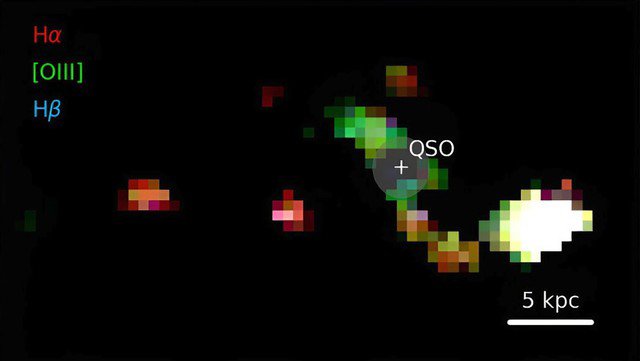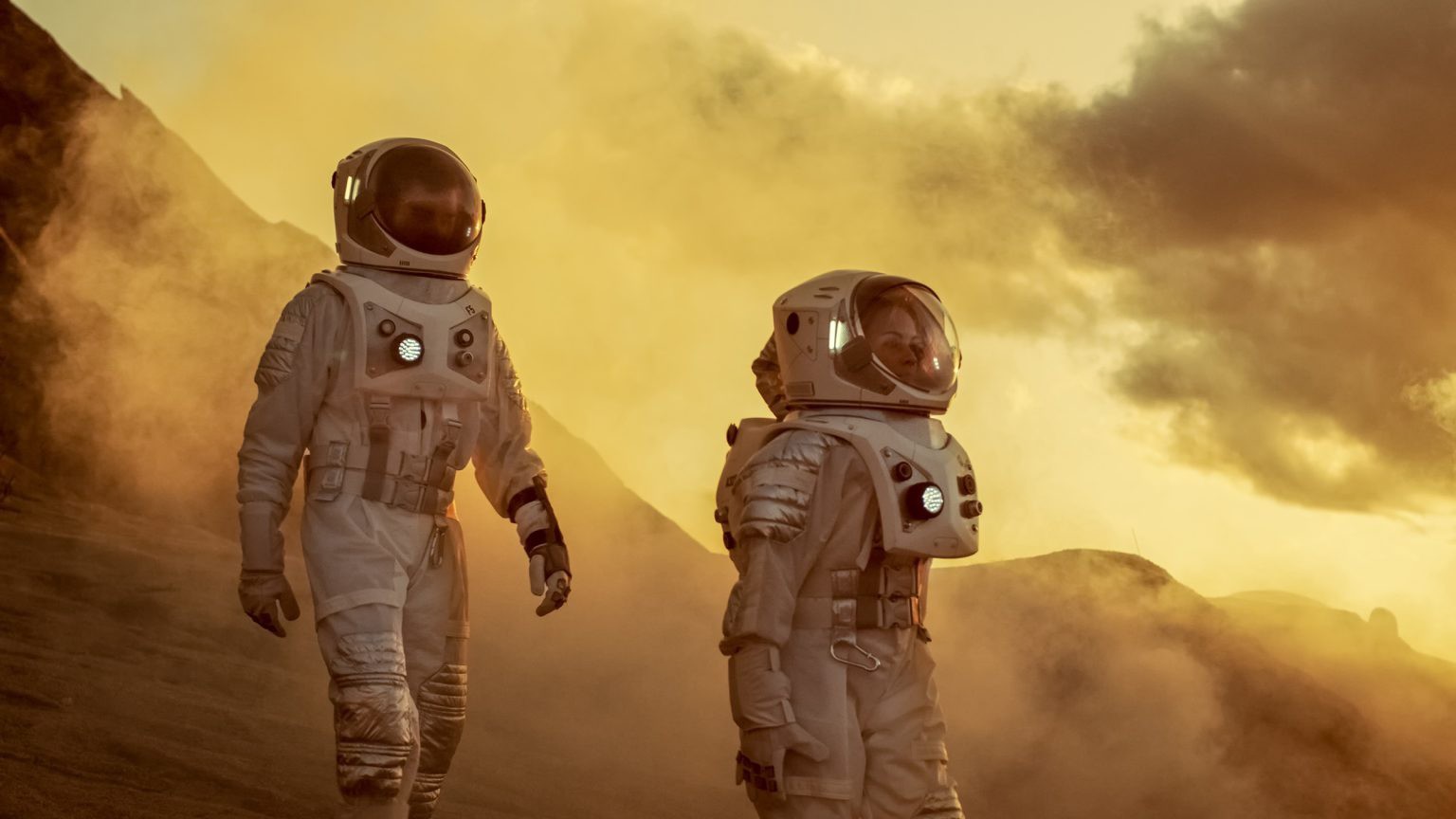A new study has found that loneliness in space makes food taste worse.
Space is lonely! Crew members on the International Space Station work together, but they are often isolated from friends and family back on Earth for months, sometimes years. A new study has linked loneliness in space to why food tastes worse in this environment.
New research from RMIT University in Melbourne, Australia, suggests that food taste could be the key to understanding exactly why astronauts seem to have trouble enjoying their meals in space. The study also found that the extraterrestrial environment could change the way astronauts perceive the taste and smell of food.
Lead researcher Julia Low explained in a press release that “greater feelings of loneliness and isolation may also play a role. There are implications from this study around how isolated people smell and taste food.” All of these findings come together to try to explain in more detail why food tastes worse when eaten in space.
Another reason why food doesn’t taste good in space, especially when astronauts first travel to the ISS, could be because their faces swell and their noses get stuffy. This is related to the lack of gravity on the ISS, which pulls fluids from the lower body to the upper body.
It essentially gives astronauts cold symptoms and can affect their sense of taste and smell. However, those symptoms usually go away after a short time as they get used to the space environment.

To study the real impact of smell on why food tastes bad in space, researchers used VR headsets to simulate the ISS.
They then tested the participants to see how they would respond to different scents, such as vanilla, almond, and lemon. They found that some food images, such as vanilla and almond, were much more intense in the simulated space station, while the lemon images remained relatively the same intensity.
The overall goal of this research is to help figure out not only why food tastes bad in space, but also what foods could be better tailored to give astronauts a better experience, especially for long-duration missions like the upcoming Artemis mission, when astronauts will fly around the Moon aboard NASA's Orion spacecraft, scheduled to launch in 2024.
The brilliant light from PJ308-21, a "monster" quasar, has "traveled through time" from a region in the past less than 1 billion years after the Big Bang, the event that created the universe 13.8 billion years ago.
One billion years after the Big Bang is a period called the "Cosmic Dawn", where long-standing cosmological theories suggest that there was a monotonous space with small, simple galaxies and black holes just born from chaos.
But the timeline was disrupted by PJ308-21, which is 2 billion times more massive than the Sun.

Illustration of a quasar with two small galaxies preparing to merge with its galaxy - Photo AI: ANH THU
A quasar is actually a black hole in disguise. It is in the process of devouring matter so furiously that it appears as bright as a star in the sky.
The image captured by the world's most powerful space telescope, James Webb, of PJ308-21 is not of the present, because light needs a delay equivalent to the distance to reach Earth.
In this case, James Webb looked billions of years away and captured an intact image of the object billions of years ago, in the state and position it once existed in the past.
In this snapshot of PJ308-21, the telescope captures the quasar continuing to grow thanks to a merger between its host galaxy and two satellite galaxies.

Image of ancient quasar in James Webb data - Photo: NASA
The merger of the two galaxies likely provided the monster black hole - quasar - with a large amount of gas and dust, allowing the black hole to grow and continue to fuel PJ308-21.
More surprisingly, both the quasar and the two galaxies that are on their way to merging with the quasar's host galaxy are already highly evolved, something that should have happened billions of years later, not when the universe was still "infancy".
According to lead author Dr Roberto Decarli from the Italian National Institute for Astrophysics (INAF), the above objects are still evolving extremely efficiently and chaotically thanks to the rich galactic environment in which these sources formed.
PJ308-21 is rich in metals, and the gas and dust around it is undergoing "photoionization" — a process in which photons provide the energy electrons need to escape from atoms, creating charged ions.
One of the galaxies merging with the main galaxy PJ308-21 is also rich in metals and its material is also being partially ionized by electromagnetic radiation from the quasar.
Photoionization is also occurring in the second satellite galaxy, but is being generated by a bout of rapid star formation.
All of these observations—as well as similar evidence of galaxies and black holes that were far more massive than expected in the first few billion years of the universe—are strong evidence that humanity may have to rewrite the history of the Cosmic Dawn.
It may not have been a primitive world, as long believed, where objects may have evolved much more rapidly than they do today. And the universe may not have grown in steady steps, but rather in a way that was as choppy and complex as life on Earth.


